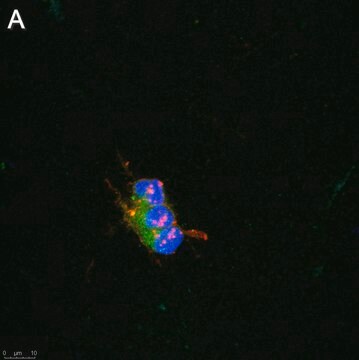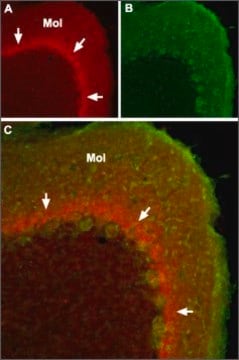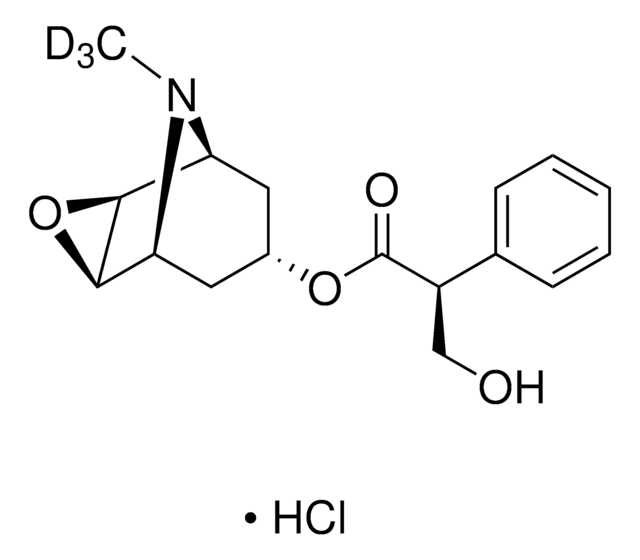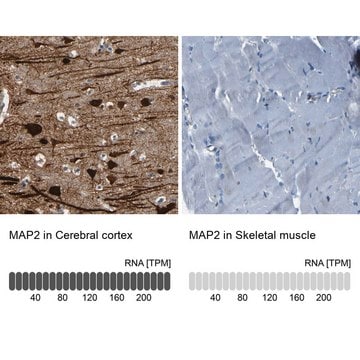S8809
Monoclonal Anti-Sodium Channel, Pan antibody produced in mouse
~1 mg/mL, clone K58/35, purified immunoglobulin
Synonym(s):
Sodium Channel Antibody
About This Item
Recommended Products
biological source
mouse
Quality Level
conjugate
unconjugated
antibody form
purified immunoglobulin
antibody product type
primary antibodies
clone
K58/35, monoclonal
species reactivity
mammals
concentration
~1 mg/mL
technique(s)
immunohistochemistry (frozen sections): suitable
indirect immunofluorescence: 1 μg/mL using sciatic and optic nerve sections; cultured hypocampal neurons
western blot: 1 μg/mL using crude brain membrane prep (rat)
isotype
IgG1
UniProt accession no.
shipped in
wet ice
storage temp.
−20°C
Gene Information
human ... SCN10A(6336) , SCN11A(11280) , SCN1A(6323) , SCN2A(6326) , SCN3A(6328) , SCN4A(6329) , SCN5A(6331) , SCN8A(6334) , SCN9A(6335)
mouse ... Scn10a(20264) , Scn11a(24046) , Scn1a(20265) , Scn3a(20269) , Scn4a(110880) , Scn5a(20271) , Scn8a(20273) , Scn9a(20274)
rat ... Scn10a(29571) , Scn11a(29701) , Scn1a(81574) , Scn3a(497770) , Scn4a(25722) , Scn5a(25665) , Scn8a(29710) , Scn9a(78956)
General description
Specificity
Immunogen
Application
- immunohistochemistry(1:50)
- immunostaining (1:200)
- immunofluorescence
- immunocytochemistry (1:100)
Biochem/physiol Actions
Physical form
Legal Information
Disclaimer
Not finding the right product?
Try our Product Selector Tool.
recommended
Certificates of Analysis (COA)
Search for Certificates of Analysis (COA) by entering the products Lot/Batch Number. Lot and Batch Numbers can be found on a product’s label following the words ‘Lot’ or ‘Batch’.
Already Own This Product?
Find documentation for the products that you have recently purchased in the Document Library.
Customers Also Viewed
Our team of scientists has experience in all areas of research including Life Science, Material Science, Chemical Synthesis, Chromatography, Analytical and many others.
Contact Technical Service













